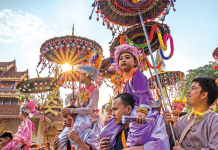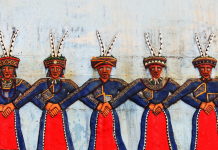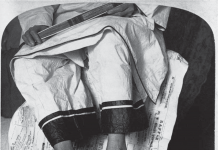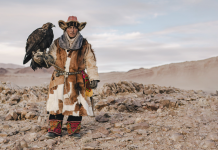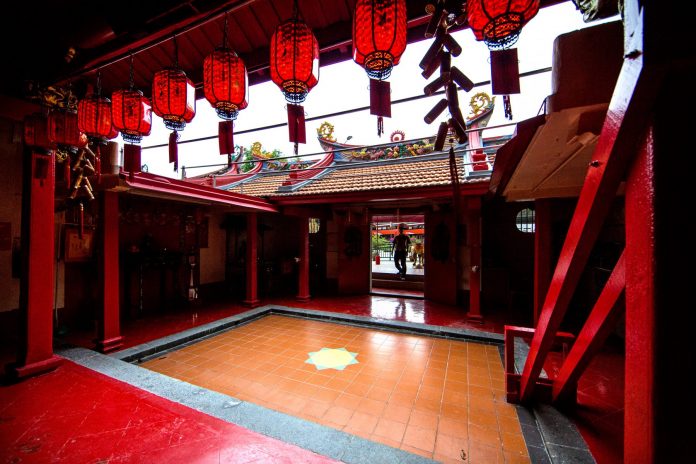
A temple amidst the urban jungle
Photos Justin Ong
Straggling down the gangplank onto unfamiliar soil, exhausted immigrants gave thanks for a safe arrival in “Nanyang”, the southern seas, at the foot of Mount Palmer in 1819.
Protected against negative forces by the bulk of Mount Palmer (now a stump) and facing the qi, or “life force”, of the sea, the Fook Tet Soo Khek Temple is probably the oldest Chinese Hakka or Khek temple in Singapore, managed by two Hakka Clan associations for nearly 200 years, the Ying Fo Fui Kun and the Fong Yun Thai Association. The syncretic nature of Chinese religious belief amalgamates Taoism, Buddhism and Confucianism, ancestor worship and folk belief that bridge various dialect groups.
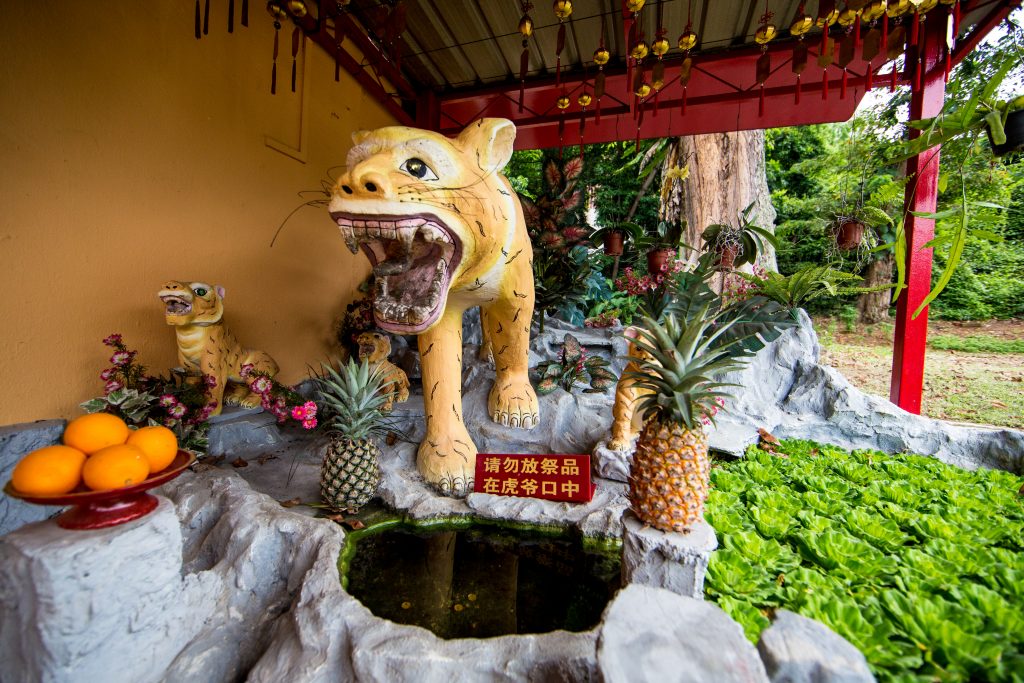
A deity may be worshipped by devotees who provide differing accounts as to its origins. “Tua Pek Kong” in Hokkien (Fujian) dialect (as it is popularly known to Southeast Asian Chinese) or “Dabogong” in Mandarin is thought to be an incarnation of the god “Fu” from the trio of “Fu Lu Shou” representing Prosperity, Fortune and Longevity, or a Fujian sailor who sacrificed himself for a fellow human. Others think he was originally a scholar, Zhang Li, or even the “god of
the earth”.
“Dabogong” or “Tua Pek Kong” is the resident deity at the Fook Tet Soo Khek Temple, constructed by immigrants from the various Hakka districts of Jia Ying, Feng Shun, Yong Ding and Da Bu, becoming the first Hakka building in Singapore promoting a collective Hakka identity.
While the 1819 structure could have been basic, the present building in Southern Chinese Chaozhou style was built in 1844 and known as the “sea-facing Tua Pek Kong Temple” (now “Wanghai Dabogong” Temple), once serving its erstwhile kampong, or village. A look at other temples within the central business district is a clear indication of spots where early arrivals stopped to give thanks – markers in this island’s historical timeline.
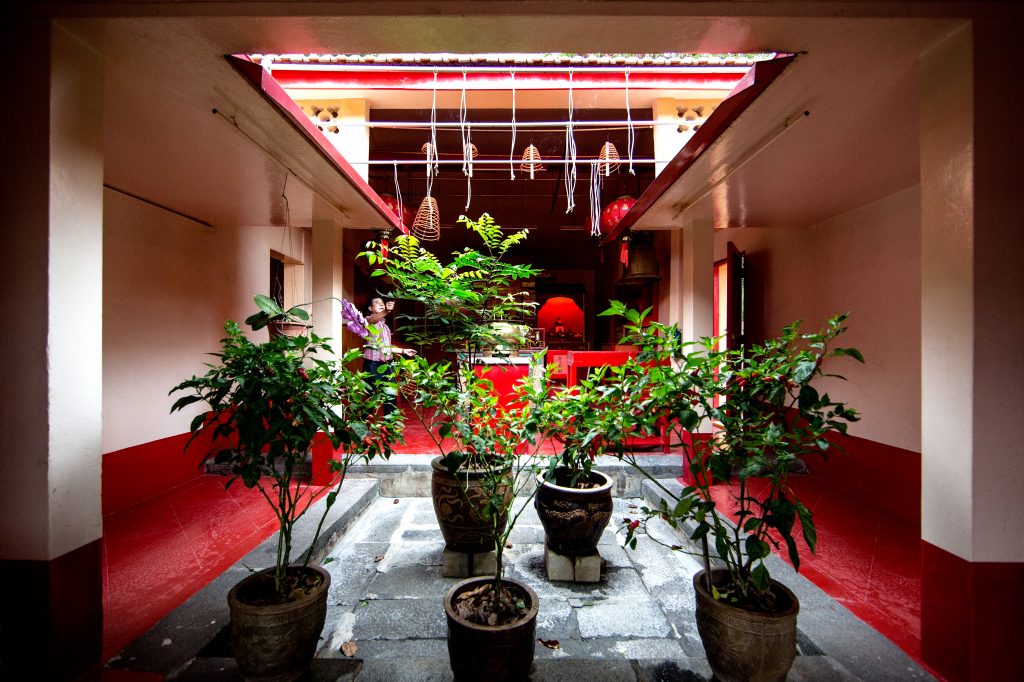
Dabogong is flanked by Kwan Yin and Guan Di, the god of war. Other deities are also worshipped in annexures and side wings, including the tiger god. The temple’s eye-catching feature is its Southern Chinese roof ridge decorated with ornamented qian-ci (porcelain cut-and-paste shard work) in the Chaozhou-style “phoenix greeting peony” and “the blazing pearl” motif, amidst floral and bird images and, interestingly, elephants. Human figures from classical Chinese theatre are placed at the ends. Artefacts and signage date back as far as 1860; a ru-yi, or sceptre, could date around 1844. Local craftsmanship is evident from the use of cockleshells for ornamentation, possibly as a substitute for porcelain.
As in the case of its Hokkien counterparts – the Thian Hock Keng Temple at Telok Ayer Street and the Philip Street Wak Cheng Bio Temple – the Fook Tet Soo Khek Temple remains very much a living temple. Its place on a much-reduced sliver of land ignominiously beside the junction of Palmer Road and Shenton Way is no less startling as a stark reminder of the importance of a religious dimension in our concretised urban setting.
For more stories and photos, check out Asian Geographic Issue 113.


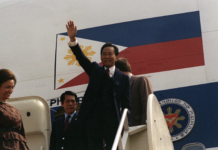
![The Road to Independence: Malaya’s Battle Against Communism [1948-1960]](https://asiangeo.com/wp-content/uploads/2021/07/WhatsApp-Image-2021-07-26-at-11.07.56-AM-218x150.jpeg)
